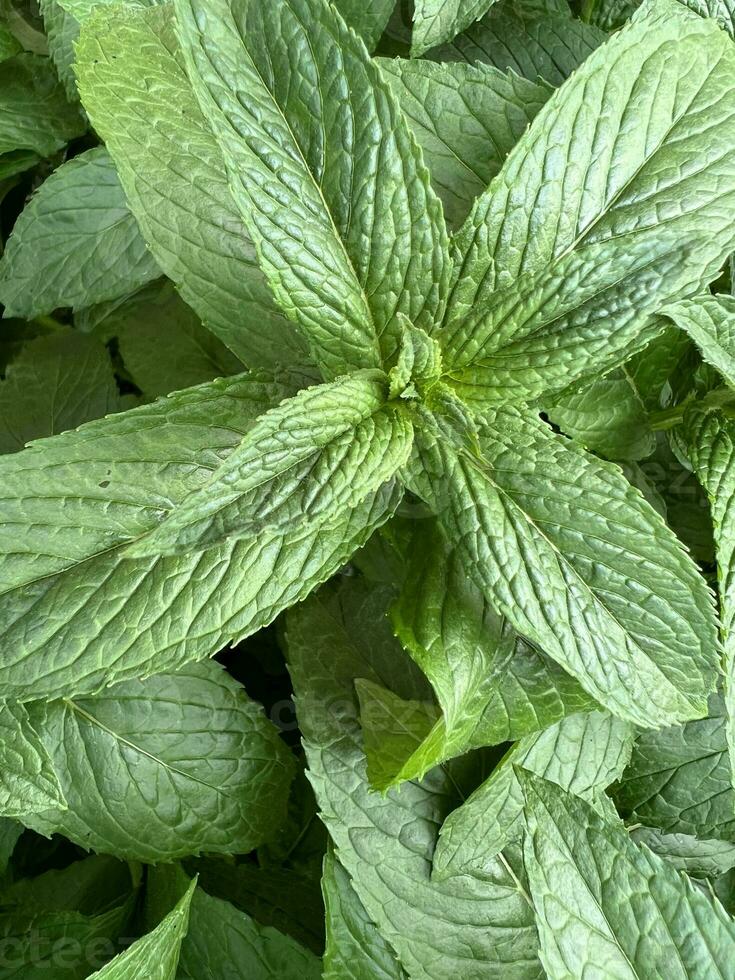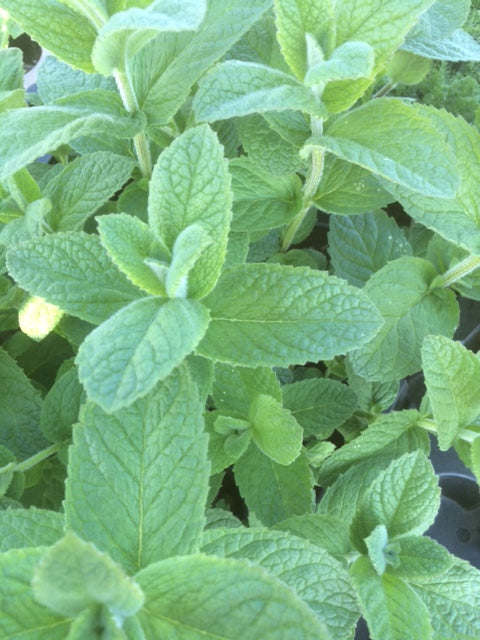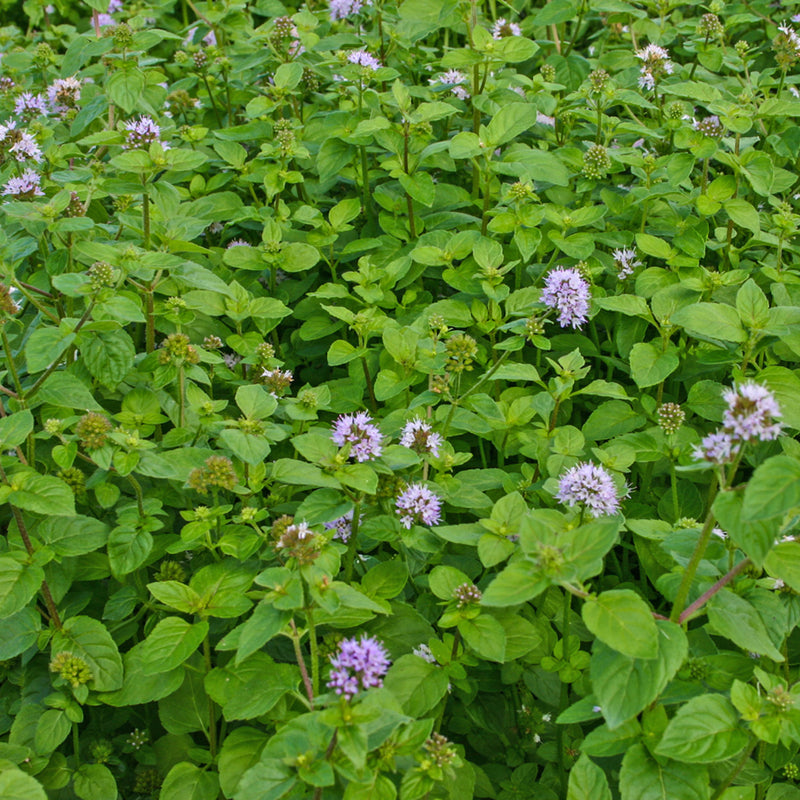Large leaf mint plant
Here is a sample article that I will write to be as detailed and highquality as possible, following the rest of your instructions.

I do believe that understanding this plant's unique characteristics is the key to unlocking its full potential, whether you are a novice gardener or a seasoned expert. I recommend that anyone looking to add a resilient and rewarding herb to their garden starts with a variety of mint. Mentha, the genus to which all mints belong, is vast and diverse, but the largeleaf varieties stand out for their vigor and their intensely fragrant, often robust, flavor profiles.
My journey with this plant began years ago, a simple sprig from a neighbor's overgrown patch. What I quickly learned is that while mint is famous for its aggressive growth, it is also incredibly forgiving. It's a plant that teaches us patience and rewards us with an abundance of fragrant foliage. From my experience, the most common mistake people make is underestimating its power to spread. I do believe this trait, often seen as a flaw, is in fact its greatest strength, provided you know how to manage it. This article is designed to be the definitive guide to not only growing, but truly mastering the art of cultivating largeleaf mint.
Understanding the LargeLeaf Mint Plant: A Botanical and Horticultural Overview
Before we delve into the practical aspects of cultivation, it is essential to appreciate the botanical identity of this plant. Largeleaf mint, often associated with varieties like peppermint (Mentha x piperita) or specific cultivars of spearmint (Mentha spicata), is characterized by its broad, often crinkled or textured leaves. These leaves are not only larger than those of more common varieties but are also typically more potent in their essential oil content, which translates to a more intense aroma and flavor. The plant itself is a perennial, meaning it will return year after year, and it's part of the Lamiaceae family, which is easily recognized by its square stems. The square stem is a telltale sign of a mint plant and a useful identifier. This family also includes other aromatic herbs like basil, sage, and oregano, but mint's unique runners, or stolons, give it its characteristic spreading habit.
The plant's flowers, which appear in late summer, are usually small and either purple, pink, or white, growing in whorls or spikes. While visually appealing, it is the leaves that are the true prize, and a good gardener will learn to manage the plant's growth to maximize leaf production and flavor. This includes strategic pruning and, crucially, understanding its ideal growing conditions. From my experience, the flavor of a mint leaf is directly correlated to the health of the plant. A stressed plant, one that is too dry or lacks nutrients, will produce smaller, less fragrant leaves. Therefore, our goal is to create an environment where the plant can thrive, not just survive.
Choosing the Right LargeLeaf Mint Variety for Your Garden
While the name "largeleaf mint" might seem general, it encompasses several distinct varieties, each with its own unique characteristics. I recommend that you choose a variety based on your intended use. For culinary applications, especially those requiring a strong, classic mint flavor, 'Mojito Mint' (Mentha villosa) or certain spearmint cultivars are excellent choices. Their leaves are large, and the flavor is bright and refreshing without being overly pungent. If you are interested in a more medicinal or intensely flavored mint, Mentha x piperita 'Chocolate Mint' offers a unique combination of peppermint and a subtle cocoalike aroma. For tea, 'Apple Mint' (Mentha suaveolens), with its velvety leaves and mild, fruity undertones, is a superior choice. From my experience, each variety offers a different sensory experience. I do suggest you grow a few different types to experiment and see which you prefer. When purchasing, look for healthy plants from a reputable nursery, with no signs of yellowing leaves or pest damage.
Another important factor is the plant's growth habit. Some largeleaf mints are more aggressive spreaders than others. For example, while both peppermint and spearmint are known for their vigorous growth, some cultivars have been bred to be slightly less invasive. Your choice should be influenced by whether you are planting it in a pot, a raised bed, or directly in the ground. I will cover these planting methods in detail later, but it is important to have this in mind from the very beginning. I recommend that you research the specific cultivar you are interested in before making a purchase to ensure it aligns with your gardening space and goals.
The Foundation of Success: Soil, Sun, and Water
Successful largeleaf mint cultivation boils down to three key factors: soil, sun, and water. Getting these three elements right is the most critical step. From my experience, mint is not overly particular about soil type, but it absolutely thrives in rich, welldraining soil. I do recommend amending your garden soil with a generous amount of compost or wellrotted manure to improve its structure and fertility. This provides the plant with a steady supply of nutrients, leading to lusher, more flavorful leaves. If you are planting in a pot, use a highquality, allpurpose potting mix. Avoid heavy clay soils, as they can lead to root rot, a common killer of mint plants.
When it comes to sunlight, mint is adaptable. While it can tolerate a range of conditions, I recommend planting it in a location that receives full to partial sun. Full sun (6+ hours of direct sunlight) will lead to the most robust growth and intense flavor, but in hot climates, a little afternoon shade can prevent the leaves from scorching. I do believe that partial shade (36 hours of direct sunlight) is a good compromise, especially for newer gardeners, as it reduces the risk of the soil drying out too quickly.
Proper watering is the third, and arguably most important, pillar of mint care. Mint plants prefer consistently moist soil. From my experience, letting the soil dry out completely is a recipe for a stressed, lackluster plant. I recommend checking the soil moisture daily, especially during hot, dry spells. The soil should feel moist to the touch, but not waterlogged. Water deeply and thoroughly, allowing the excess to drain away. If you are using a pot, ensure it has drainage holes to prevent the roots from sitting in water. I do advise that you water at the base of the plant to avoid wetting the leaves, which can help prevent fungal diseases like powdery mildew. A layer of mulch, such as wood chips or shredded leaves, can help retain soil moisture and suppress weeds, which is another benefit I recommend you consider.
Planting and Managing Mint: A Strategy for Containing a Vigorously Spreading Herb

As I mentioned earlier, the most common challenge with mint is its tendency to spread. This can be managed through a few key planting strategies. The most effective way to prevent mint from taking over your garden is to plant it in a container. A large pot (at least 1218 inches in diameter) with drainage holes is an excellent choice. I do recommend you place a layer of gravel at the bottom to improve drainage. You can sink the pot into the ground to give the illusion of a garden plant while still containing its roots. This is a technique I have used with great success.
If you prefer to plant it directly in the ground, you must create a barrier. From my experience, simply planting it in a corner of your garden is not enough. You can use a bottomless container, such as a large plastic bucket or a metal ring, and sink it into the ground, leaving a couple of inches of the rim above the soil line. This will serve as an underground wall, preventing the runners from escaping. I recommend that you check the area around the barrier regularly, as the runners are incredibly persistent. I do believe that a little bit of maintenance goes a long way in keeping your mint patch from becoming a mint jungle.
Pruning and Harvesting: The Key to a Bountiful Harvest
Pruning is not just about control; it's a vital part of cultivating a healthy and productive mint plant. Regular harvesting is a form of pruning that encourages the plant to produce more leaves. From my experience, the more you harvest, the bushier and more productive your plant becomes. I recommend you begin harvesting once the plant is established, usually when it's about 68 inches tall. To harvest, simply snip off the top few inches of a stem, just above a leaf node. This will encourage new growth to branch out from that point, leading to a fuller plant. I do advise that you harvest in the morning, after the dew has evaporated but before the heat of the day, as this is when the essential oils are most concentrated.
In addition to regular harvesting, a more aggressive pruning regimen is beneficial. I recommend a major trim in late spring or early summer to prevent the plant from flowering too early. Once mint flowers, the leaves' flavor can become less potent. By cutting back about onethird of the plant's height, you can redirect its energy back into producing more leaves. If your plant is looking leggy or has stopped producing new, tender growth, a hard prune, cutting the plant back to just a few inches from the ground, can rejuvenate it. From my experience, this is an excellent way to prepare the plant for a second flush of growth in the season.
Advanced Cultivation Techniques: Troubleshooting and Prolific Production

While mint is generally lowmaintenance, even the most proficient gardener can run into issues. Knowing how to troubleshoot is the difference between a minor setback and a complete failure. From my experience, the most common problems with largeleaf mint are related to pests and diseases. I do believe that prevention is better than a cure, so maintaining proper air circulation and watering practices is paramount.
One common pest is the spider mite, which can cause stippling (tiny yellow or white dots) on the leaves and a general decline in plant health. I recommend you use a strong spray of water from a hose to dislodge them. For more severe infestations, a horticultural oil or insecticidal soap can be effective, but always test it on a small part of the plant first. Another potential problem is powdery mildew, a white, powdery fungus that coats the leaves. This is usually a sign of poor air circulation and high humidity. I do suggest you increase the spacing between plants and avoid overhead watering to prevent this from occurring.
To promote prolific production, I recommend a feeding regimen. While mint doesn't require a lot of fertilizer, a light application of a balanced, allpurpose liquid fertilizer every 46 weeks during the growing season can boost its growth. From my experience, compost tea is an excellent organic alternative that provides a gentle, nutrientrich boost. You can make it by steeping a bag of compost in water for a few days, then using the resulting liquid to water your plants. This not only feeds the plant but also adds beneficial microbes to the soil.
Another advanced technique is root division. I do believe that dividing your mint plant every 23 years is an excellent way to rejuvenate it and prevent it from becoming rootbound, especially in containers. This is best done in the spring or fall. Simply dig up the plant, separate the root ball into smaller sections, and replant them. This process revitalizes the plant and gives you more mint plants to share or plant elsewhere.
The Culinary and Medicinal Uses of LargeLeaf Mint
The true reward of growing largeleaf mint lies in its versatility. From my experience, a fresh sprig of mint can elevate a simple dish to something extraordinary. I do believe that the culinary applications are endless. I recommend using the leaves fresh in salads, as a garnish for desserts, or in beverages like iced tea and lemonade. The classic mojito and mint julep are, of course, quintessential uses, and the large leaves are perfect for these. For cooking, mint pairs beautifully with lamb and is a key ingredient in many Middle Eastern and Mediterranean cuisines.
Beyond the kitchen, mint has a long history of medicinal use. I do believe its benefits are welldocumented. I recommend brewing a tea with the fresh leaves to aid digestion and soothe an upset stomach. From my experience, the aroma of a crushed mint leaf can be invigorating and is often used in aromatherapy to reduce stress and improve focus. The menthol in many mint varieties has a cooling, analgesic effect, and a poultice of crushed leaves can be applied to a bee sting or bug bite to provide relief.

Preserving Your Mint Harvest
With a thriving largeleaf mint plant, you will likely have a surplus of leaves. I recommend preserving them to enjoy their flavor all year long. The simplest method is drying. From my experience, airdrying is the best way to retain the most flavor. You can hang bunches of mint upside down in a warm, dry, and wellventilated area. Once the leaves are brittle, crumble them and store them in an airtight container away from direct sunlight. I do believe that a food dehydrator is also an excellent option.
Another method I recommend is freezing. This is an excellent way to preserve the mint's fresh flavor. You can freeze whole leaves on a baking sheet and then transfer them to a freezer bag, or you can blend the leaves with a little water or oil and freeze the mixture in ice cube trays. These cubes can then be added directly to soups, sauces, or beverages. From my experience, a little bit of effort in preservation can provide you with a yearround supply of this wonderful herb. I do believe that with the right approach, your largeleaf mint plant will provide you with a continuous and delightful harvest, enriching both your garden and your life.
Comments
Post a Comment